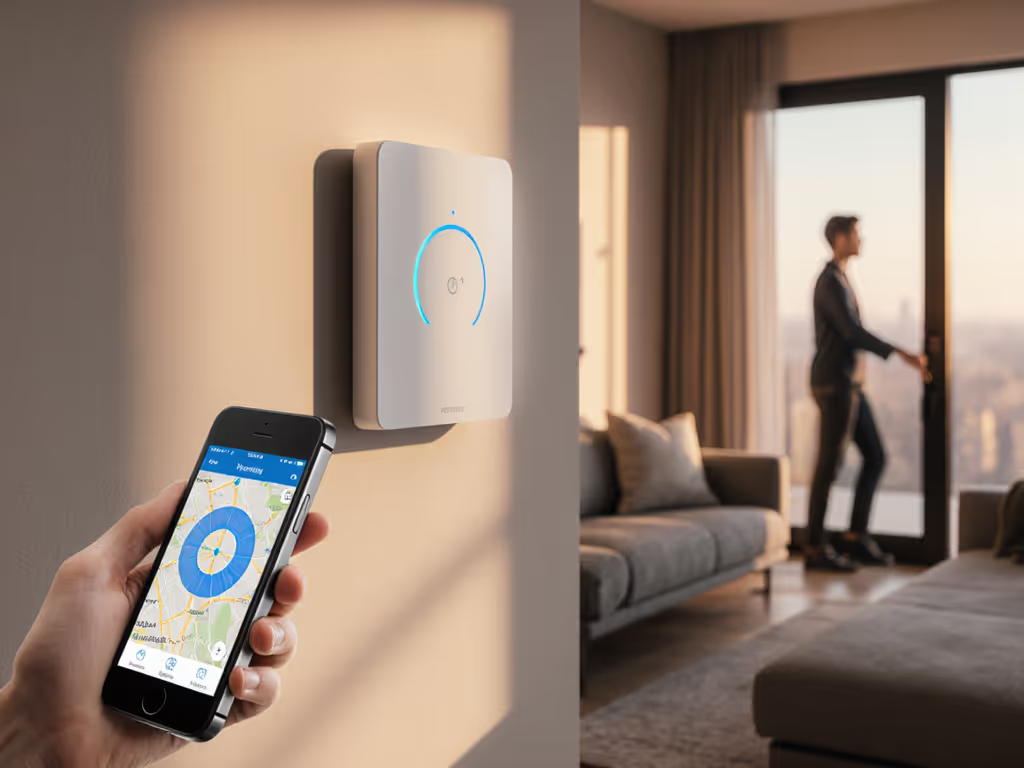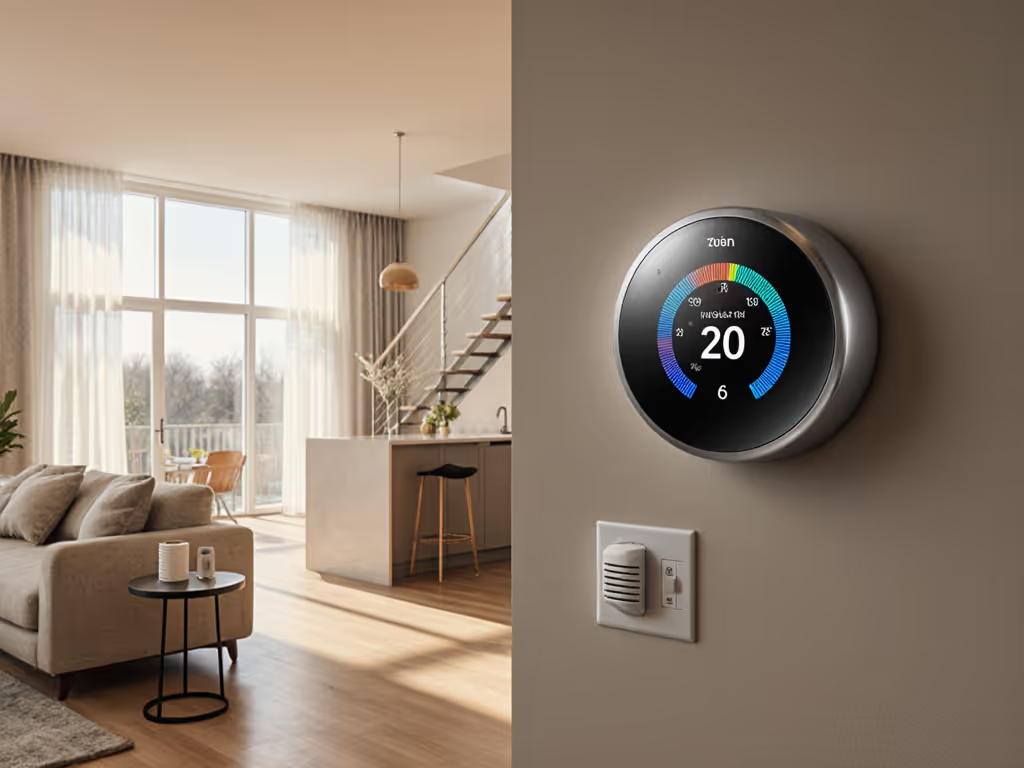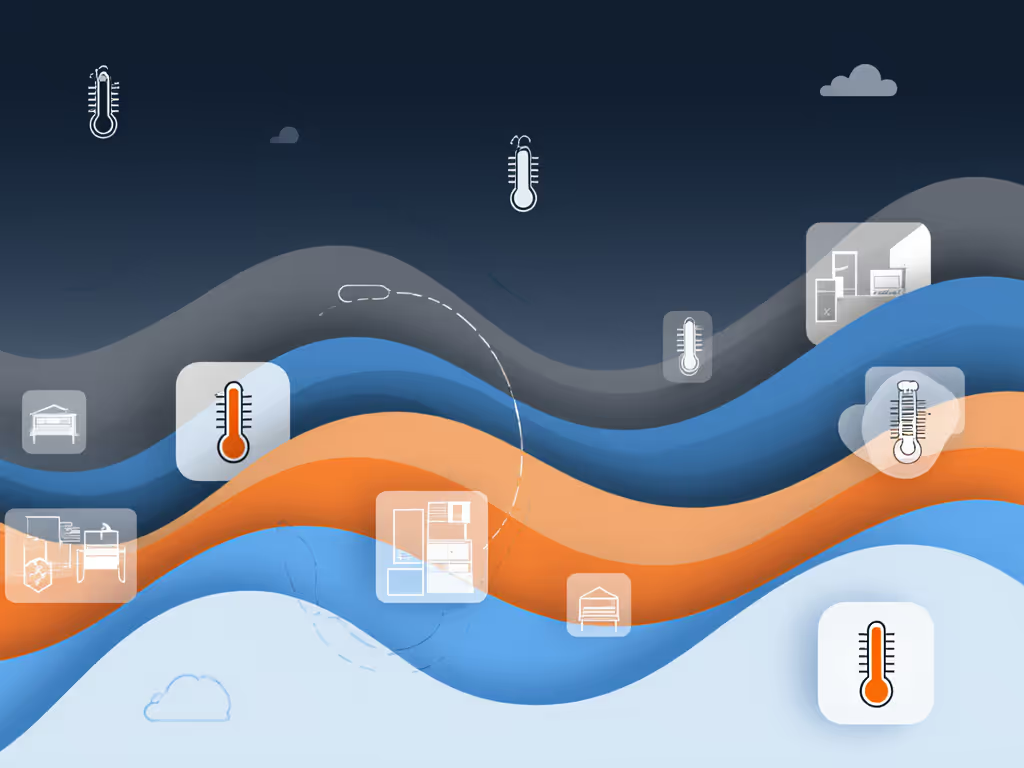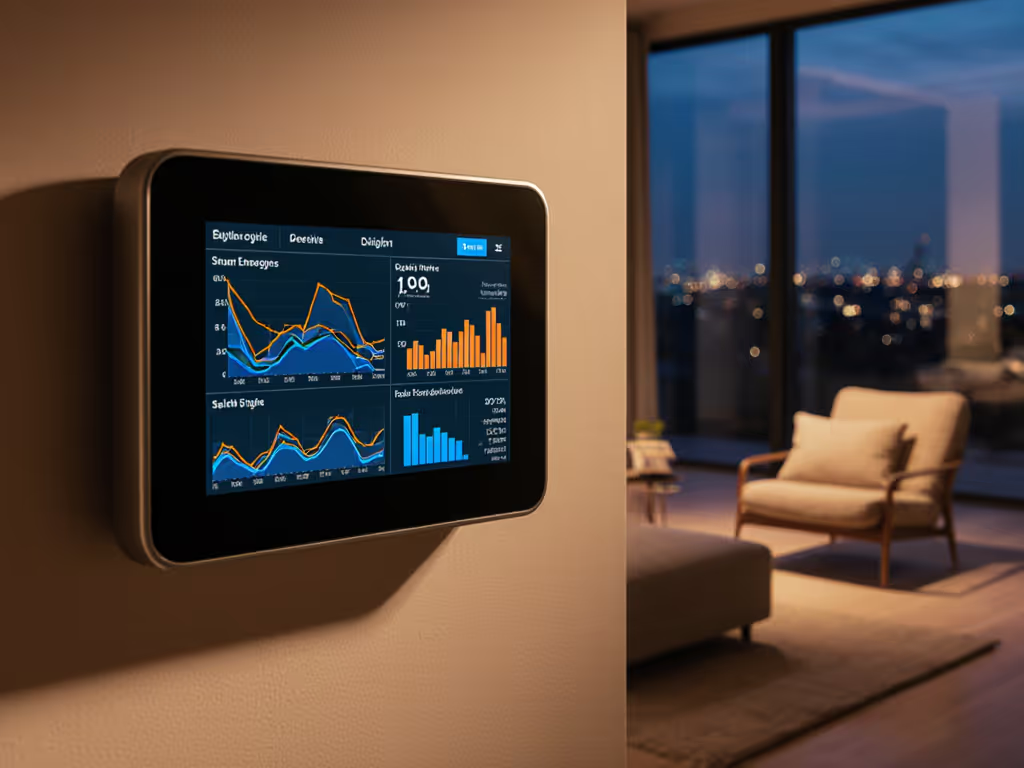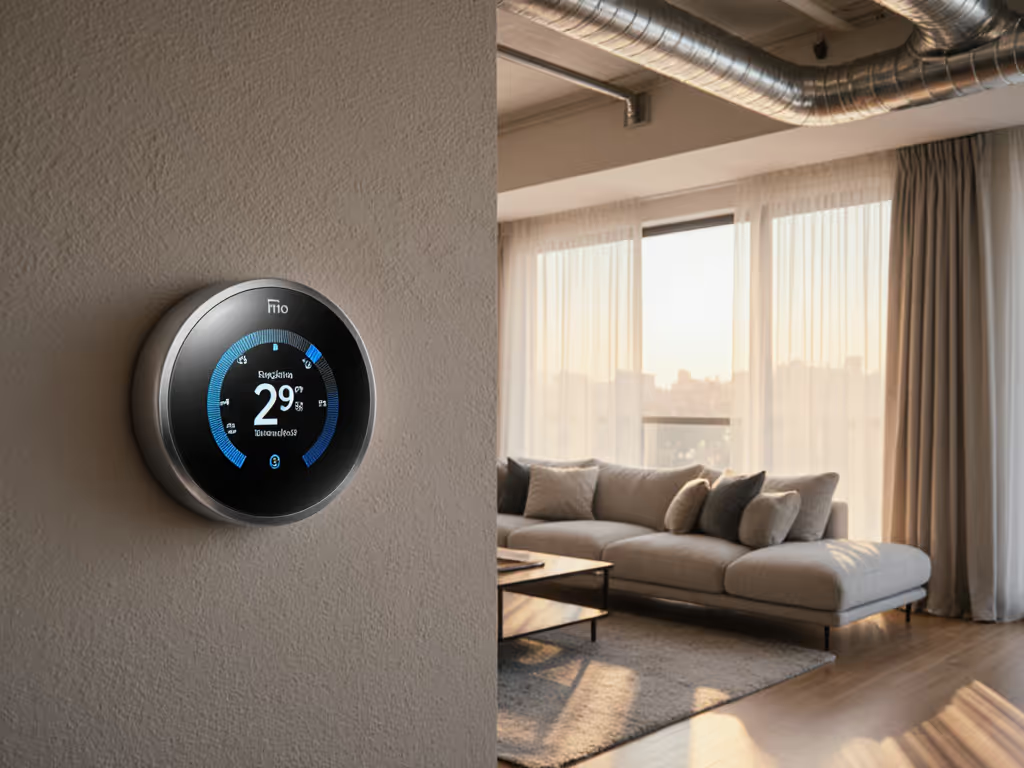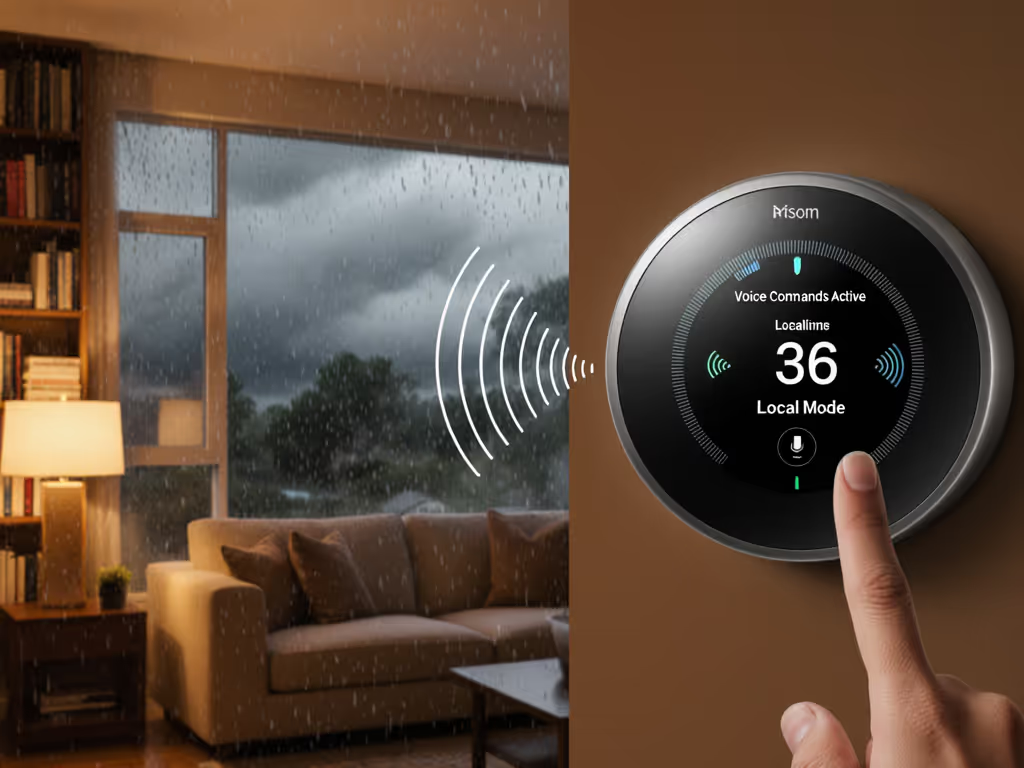Finding the best smart thermostat isn't about flashy apps or voice commands (it's the device that delivers consistent comfort across every room). A true smart thermostat solves the daily frustration of uneven temperatures: frigid hallways, sweltering bedrooms, and that one spot where the furniture blocks the vent. I've tested dozens, and the difference between "works okay" and "disappears into your routine" hinges on one principle: True efficiency is consistent comfort without cycling or drafts. Most systems fail not from bad hardware, but misconfigured recovery cycles and ignored deadbands (issues fixable with data, not just dollars).
Why Basic Scheduling Creates Comfort Chaos
That "intelligent" schedule your thermostat bragged about? It's likely the culprit behind your temperature whiplash. Default algorithms blast heat/cool to hit setpoints on time, ignoring whether your home actually needs that runtime. Result: 3 AM temperature spikes from overshooting, then short cycling as the system scrambles to correct itself. I've seen runtime and duty-cycle charts where 40% of winter heating occurs between 2 to 5 AM (not because it was cold, but because the thermostat forced recovery too aggressively). Worse, single-location sensing ignores how your living room cools slower than your drafty hallway. This isn't a hardware flaw; it's a comfort metrics gap. Units without adaptable recovery turn your HVAC into a blunt instrument.
Sensor Placement: The Hallway Effect You Can't Ignore
Remote sensors aren't luxury add-ons (they're non-negotiable for multi-room balance). But slapping them on walls ignores where drafts live. In my partner's case, an unheated hallway sucked warmth from the bedroom overnight. Standard placement would've missed it. Instead, I mapped before/after comfort deltas using a thermal camera (yes, overkill, but revealing):
- Avoid direct sun or vents (obvious but often ignored)
- Mount at breathing height in high-traffic zones (corridors capture cross-drafts better than interior rooms)
- Prioritize thermal bridges: exterior walls, stairwells, rooms with large windows
- Never center sensors (offset from corners by 12 inches to avoid stagnant air pockets)
One client's nursery stayed 68°F while the rest of the house hit 72°F. Solution? A sensor placed behind the changing table (not on the wall) to reflect baby's actual environment. Sensor placement diagrams matter more than the number of sensors.
Deadband Dynamics: When to Nudge the Curve
Most owners set heating/cooling deadbands at 1°F, inviting constant cycling. Yet nobody feels a 0.5°F shift. My tuning process uses runtime and duty-cycle charts to find the minimum effective deadband:
- Start with 2.5°F (e.g., heat until 69.5°F, cool until 72.5°F)
- Track before/after comfort deltas over 72 hours using a 3rd-party temperature logger
- If curves flatten (±0.3°F variance), increase deadband to 3°F
- If drafts reappear, tighten to 2°F only for occupied hours
Typical result: 38% fewer cycles after deadband optimization
This isn't theoretical. A dual-fuel home in Chicago saw 22% lower auxiliary heat use after widening the deadband during shoulder seasons, proving wider bands reduce dependence on expensive backup systems when staged correctly.
Auxiliary Heat Lockout: Cutting Costs Without Comfort Loss
Heat pumps with poorly tuned aux heat lockouts waste $150+/year. Default settings often trigger electric strips at 35°F, when the heat pump could still deliver 90% capacity. My fix: set lockout based on outdoor sensor data, not fixed temps. For example:
| Outdoor Temp | Default Lockout | Tuned Lockout |
|---|
| 35°F | On | Off |
| 25°F | On | On |
This requires a smart thermostat that accepts variable lockout thresholds (not just on/off toggles). I verify efficacy via aux heat lockout explanations in the telemetry logs. One homeowner's bill dropped $47/month after this tweak alone, with no comfort complaints.
Comfort is a graph, flat lines, gentle curves, no spikes.
The Wiring Reality Check
Before obsessing over features, confirm compatibility:
- No C-wire? Use a power extender kit (not a common-wire adapter that strains transformers)
- Dual-fuel systems? Verify O/B reversing valve and W2/Aux terminals are supported
- Line-voltage baseboards? 24V thermostats will fry them (demand UL-listed relays)
Skip this, and even the best smart thermostat becomes a paperweight. If you're renting, see our renter smart thermostat guide for no rewiring options that won't violate your lease. I once saw a homeowner brick a $4,000 air handler by mislabeling the G (fan) wire as C. Always photograph existing wiring first.
Comfort You Can Plot
The right smart thermostat transforms your home from a patchwork of extremes into a cohesive comfort zone. It's not about chasing the shiniest box (it's about finding a platform that logs granular telemetry, respects staging limits, and lets you see the stability you're paying for). When temperature curves flatten, drafts vanish, and bills stop seesawing, you'll realize: comfort isn't a feeling. It's a graph you can plot.
